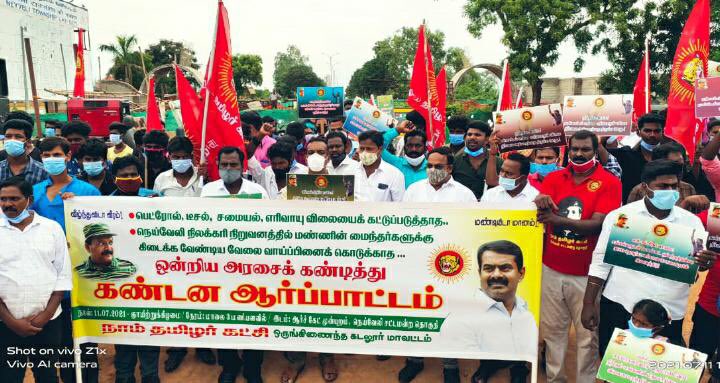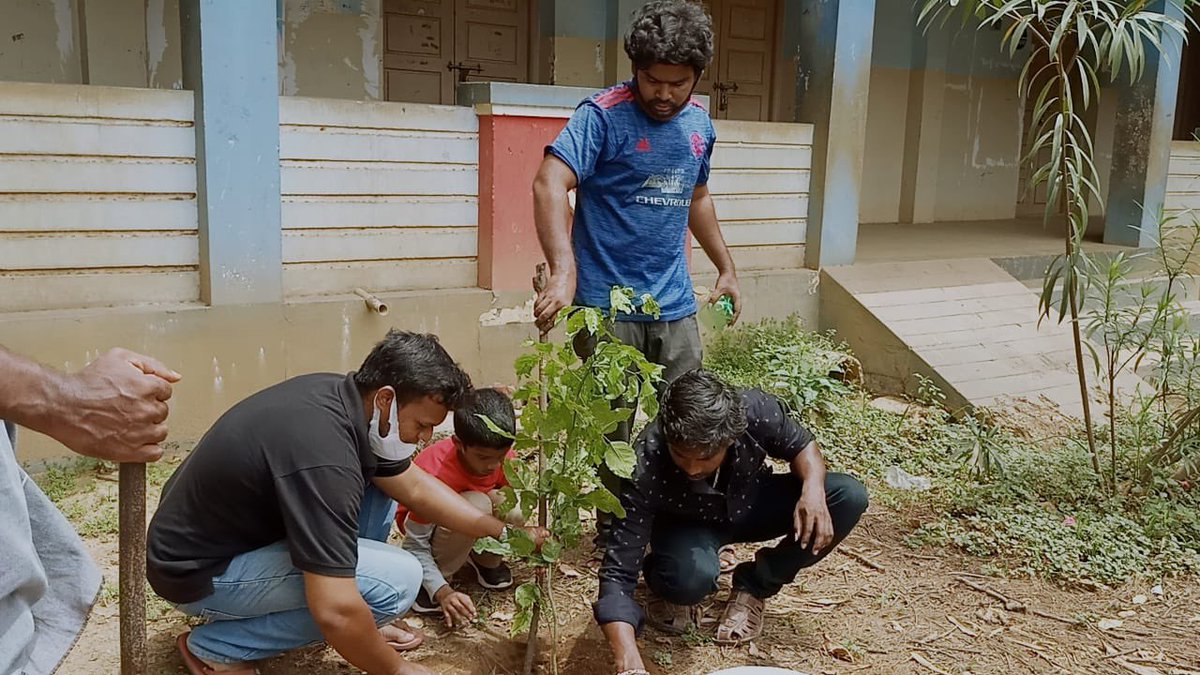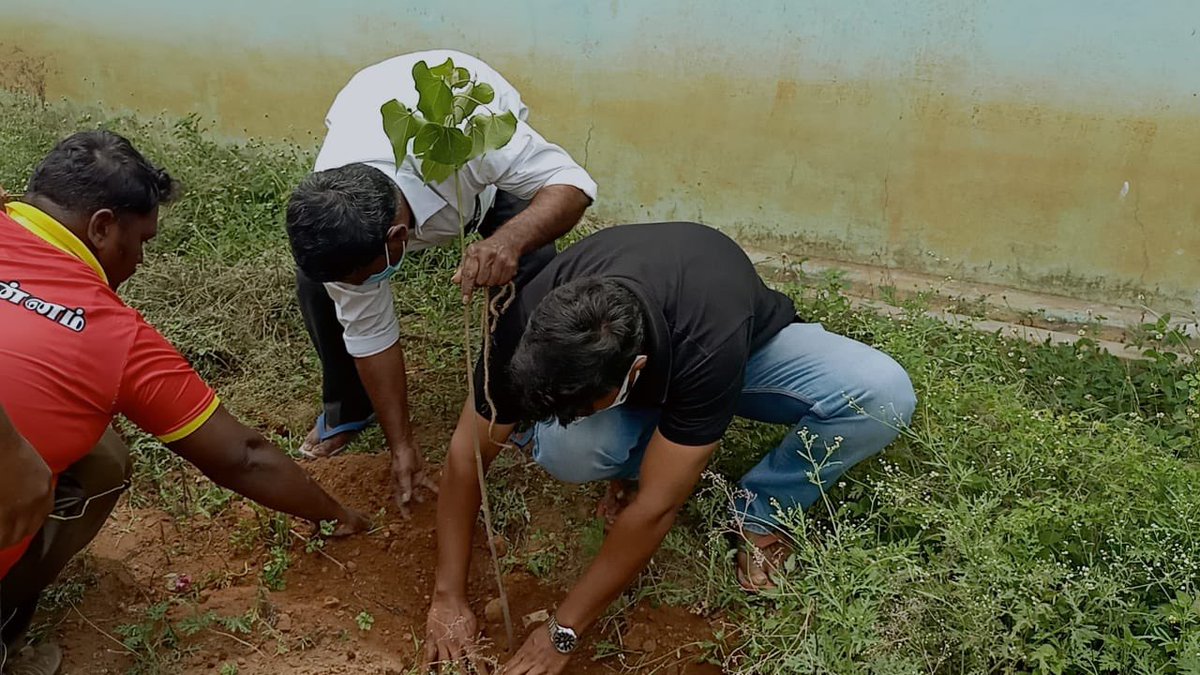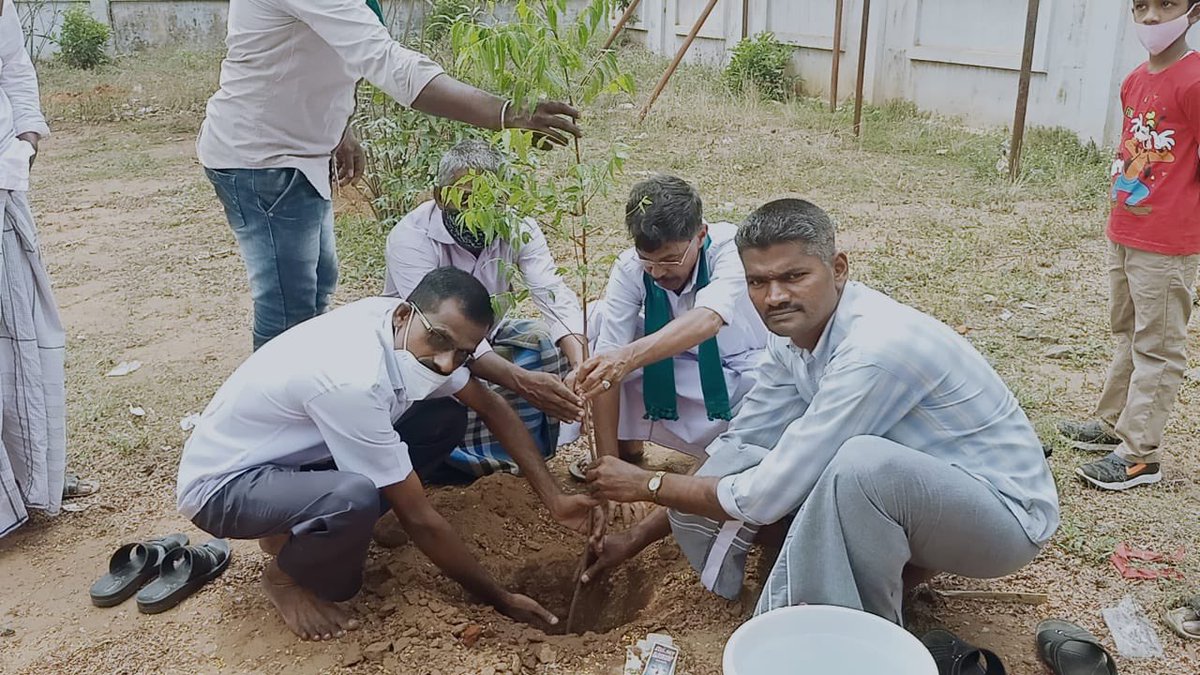
called ‘Sinhala’, son of ‘Sinha’ coming to ‘Tamradvipa’, and that henceforth the island was known as ‘Sinhala Dvipa’. This legend was later associated with the Sindhi mariner Sinbad.
Tamradvipa is a modification of Tamraparni, the name of the island mentioned in the - 50/82
Tamradvipa is a modification of Tamraparni, the name of the island mentioned in the - 50/82
Emperor Asoka’s rock edicts. The name is rendered in the Dipavamsa as ‘Tambapanni’ and the Greeks used an adaptation, ‘Taprobane’.
Sinhalese, Tamils and Buddhism
October 25, 2012
By Vinod Moonesinghe
(Part I of this article appeared yesterday)
In ancient times - 51/82
Sinhalese, Tamils and Buddhism
October 25, 2012
By Vinod Moonesinghe
(Part I of this article appeared yesterday)
In ancient times - 51/82
the name of a people referred mainly to its elite, the ruling class which held most of the cultural capital. In Herodotus’ debate between Darius and the others about which type of state was desirable, ‘the people’ refer to the upper class. Karl Kautsky has pointed out how - 52/82
the Jews kept their identity only because of the preservation in exile in Babylon of their elite
Similarly, ‘Sinhalese’ and ‘Tamil’ in the context of ancient Sri Lanka and South India must relate mainly to their upper social strata, which superimposed their own languages - 53/82
Similarly, ‘Sinhalese’ and ‘Tamil’ in the context of ancient Sri Lanka and South India must relate mainly to their upper social strata, which superimposed their own languages - 53/82
and cultures on the indigenous populations. When Dutugemunu waged war against Ellalan (Sinhala ‘Elara’), it was a battle between two dynasties, one Sinhalese and the other Tamil, not two peoples.
The picture emerges of an indigenous population (Nagas and Yakshas) related - 54/82
The picture emerges of an indigenous population (Nagas and Yakshas) related - 54/82
to populations in South India and in Bengal, being overlaid by an elite stratum of Indo-Aryan speakers, who spread out from the Tambapanni area and establish cultural hegemony over the rest the island. Certainly, by the 5th century BC there was evidence of Prakrit writing - 55/82
in the Brahmi script at Anuradhapura.
This viewpoint is given added plausibility by studies done on Iron Age remains at Pochampad in Andhra Pradesh which indicate that there was a continuity of populations over time, rather than abrupt demographic displacement, and a - 56/82
This viewpoint is given added plausibility by studies done on Iron Age remains at Pochampad in Andhra Pradesh which indicate that there was a continuity of populations over time, rather than abrupt demographic displacement, and a - 56/82
gradual merging of invading peoples with the existing populations
The spread of Tamil would have followed a similar pattern. Tamil was a relative newcomer to the ‘Tamil homeland’, Tamilakam. Some linguistic studies have indicated that the Godavari valley was the homeland - 57/82
The spread of Tamil would have followed a similar pattern. Tamil was a relative newcomer to the ‘Tamil homeland’, Tamilakam. Some linguistic studies have indicated that the Godavari valley was the homeland - 57/82
of the Dravidian speakers, but others suggest that they have migrated to this area from the North West. The split between Telugu and Tamil took place about 1000 BC, so the arrival of Tamil-speakers in Tamilakam was probably later than this.
The Chola, Pandya and - 58/82
The Chola, Pandya and - 58/82
Satiyaputra dynasties are mentioned in the Asokan rock edicts from the third century BC. About this time began Sangam literature, associated mainly with the Pandyan capital Madurai. However, Indologist Aska Parpola has suggested that the Pandyas were an Indo-Aryan dynasty - 59/82
ruling over a Dravidian population. Interestingly, 2nd century BC Brahmi script inscriptions at Kodumanal, near Coimbatore, have revealed Indo-Aryan names, such as Sumanan, Tissam, and Visaki, along with rather more Tamil-sounding ones.
The discovery of Brahmi characters - 60/82
The discovery of Brahmi characters - 60/82
in the Tamil language, incised on pottery in Adichanallur, near Tirunelveli, may push the boundary back a couple of centuries. It is significant that the discovery has been made directly across the Gulf of Mannar from Anuradhapura, the site of the contemporary Brahmi - 61/82
script pottery, suggesting a common origin.
The earliest evidence we have of Tamil-speakers in Sri Lanka comes from the Mahavamsa, which mentions the ‘Damila’ sons of a horse-shipper, Sena and Guttika about the 2nd century BC. It also mentions, shortly after this, that - 62/82
The earliest evidence we have of Tamil-speakers in Sri Lanka comes from the Mahavamsa, which mentions the ‘Damila’ sons of a horse-shipper, Sena and Guttika about the 2nd century BC. It also mentions, shortly after this, that - 62/82
Elara was a ‘Damila’ nobleman who came from the Chola country.
In terms of religion, there was no clear-cut differentiation into ‘Sinhalese Buddhists’ and ‘Tamil Hindus’. Jainism and Ajivakism, as well as Buddhism, flourished in Sri Lanka. The Mahawamsa says that - 63/82
In terms of religion, there was no clear-cut differentiation into ‘Sinhalese Buddhists’ and ‘Tamil Hindus’. Jainism and Ajivakism, as well as Buddhism, flourished in Sri Lanka. The Mahawamsa says that - 63/82
Pandukabhaya built dwellings for Brahmins, Ajivakas and Jains (‘Niganthas’). Vattagamani Abhaya built the Abhayagiri Buddhist monastery on the site of Pandukabhaya’s Jain Tittharama, in revenge for the taunts of a Nigantha called Giri.
Jainism and Buddhism also had a - 64/82
Jainism and Buddhism also had a - 64/82
strong hold among contemporary Tamils. The term ‘Sangam’ in the description of classical Tamil literature refers to the Jain Sangha. ‘Aimperumkappiyam’, the five great epics of ancient Tamil literature are: ‘Silappatikaram’, a neutral work by a Jain author, Ilango - 65/82
Adigal; the Buddhist ‘Manimekalai’ and ‘Kundalakesi’; and the Jain ‘Civaka Cintamani’ and ‘Valayapathi’.
The city of Kaveripattinam (modern Puhar) appears to have been central to Buddhism in Tamilakam. Significantly, it is considered to be the birthplace of the deities - 66/82
The city of Kaveripattinam (modern Puhar) appears to have been central to Buddhism in Tamilakam. Significantly, it is considered to be the birthplace of the deities - 66/82
Pattini and Devol. The Manimekalai says it had seven Buddhist monasteries, built by ‘Indra’ (possibly the Arhant Mahinda).
It is possible that Mahinda and Aritta, a relative of the Sinhala king Devanampiya Tissa, proselytised Tamilakam. Near Madurai is the hill of - 67/82
It is possible that Mahinda and Aritta, a relative of the Sinhala king Devanampiya Tissa, proselytised Tamilakam. Near Madurai is the hill of - 67/82
Arittapatti, originally a Buddhist site, now holy to Siva.
In the 5th century AD a celebrated Tamil monk, Ven Buddhadatta studied at the Mahavihara at Anuradhapura. He later composed Buddhist works in Tamilakam, at Kaveripattinam, Uragapuram, Bhutamangalam and Kanchipuram- 68/82
In the 5th century AD a celebrated Tamil monk, Ven Buddhadatta studied at the Mahavihara at Anuradhapura. He later composed Buddhist works in Tamilakam, at Kaveripattinam, Uragapuram, Bhutamangalam and Kanchipuram- 68/82
He was one of many learned Tamil Buddhist monks, of whom the names of at least thirty have come down to us.
The Buddhism practised in Tamilakamam (where it seems to have existed until the 13th century) was liberal and open-minded, allowing much speculation considered - 69/82
The Buddhism practised in Tamilakamam (where it seems to have existed until the 13th century) was liberal and open-minded, allowing much speculation considered - 69/82
heretical by the orthodox Mahavihara in Anuradhapura. Thus Mahayanism and Tantrism flourished. Aspects of the southern Bhakti belief also began to intrude into Buddhism. Evidently, Tamilakam was the origin of Bodhisattva worship.
There was a legend that Agastya, the - 70/82
There was a legend that Agastya, the - 70/82
father of Tamil, learnt the language from the Bodhisattva Avalokitesvara, the god of the Potiyil hill to which he had withdrawn. According to the Japanese scholar Shu Hikosaka, Potiyil is derived from ‘Bodhi-il’ (‘Buddhist place’) and is the same as Mahayanist Potalaka - 71/82
(‘Buddha Loka). He identified it with the Pothigai hills (also known as Agastiyar Malai) near Tirunelveli.
One is tempted to draw a connection between ‘Pothigai’ or ‘Potiyil’ with the Potgul Vehera in Polonnaruwa. Interestingly, former Archaeological Commissioner, Raja - 72/82
One is tempted to draw a connection between ‘Pothigai’ or ‘Potiyil’ with the Potgul Vehera in Polonnaruwa. Interestingly, former Archaeological Commissioner, Raja - 72/82
de Silva has identified the statue at the Potgul Vehera, commonly assumed to be Parakramabahu, as Agastya. Could this have been a Mahayanist institution, associated with Avalokitesvara?
Avalokitesvara had many of the attributes of the pre-Brahmanical deity Siva (also - 73/82
Avalokitesvara had many of the attributes of the pre-Brahmanical deity Siva (also - 73/82
“Un roll” @threadreaderapp
• • •
Missing some Tweet in this thread? You can try to
force a refresh



















